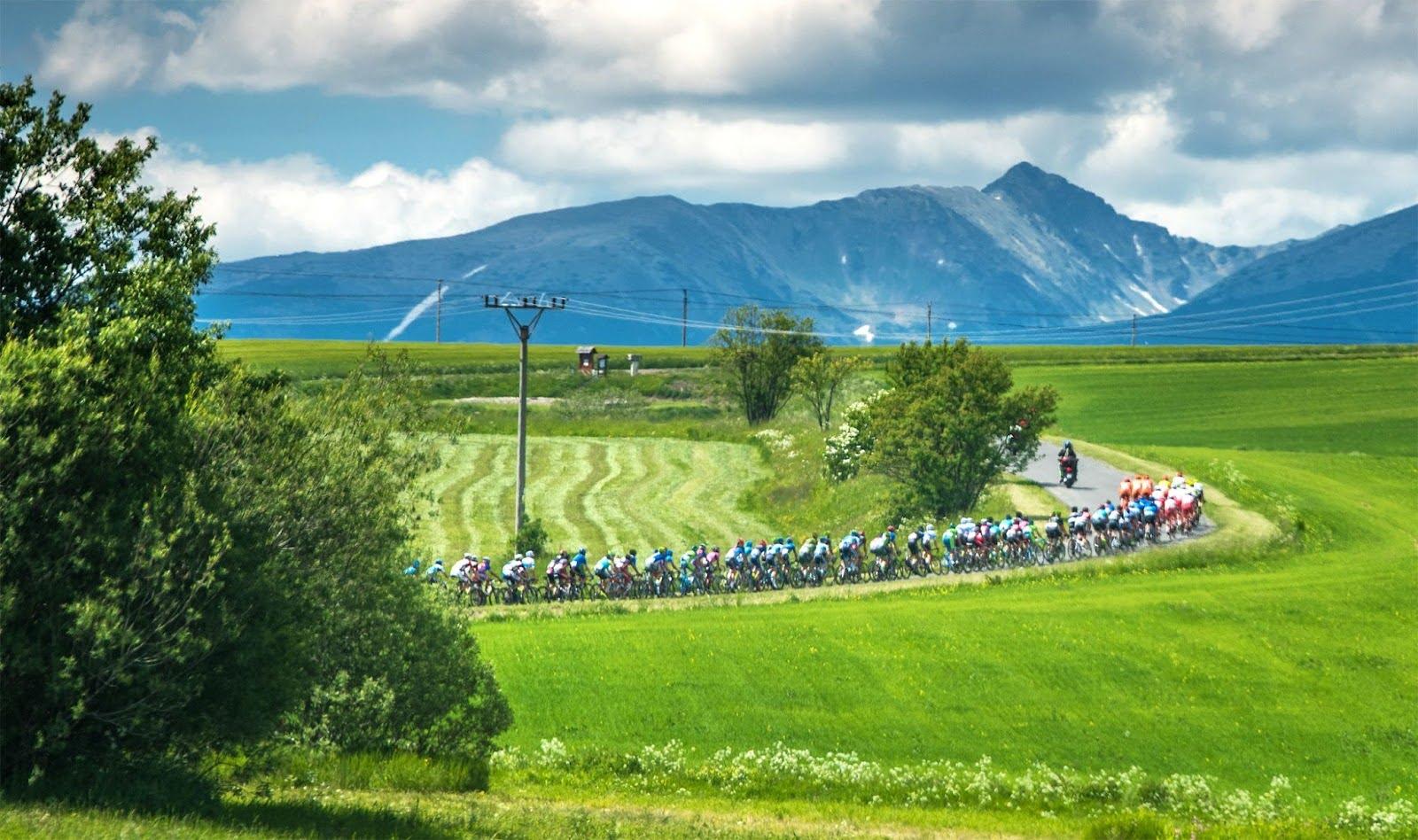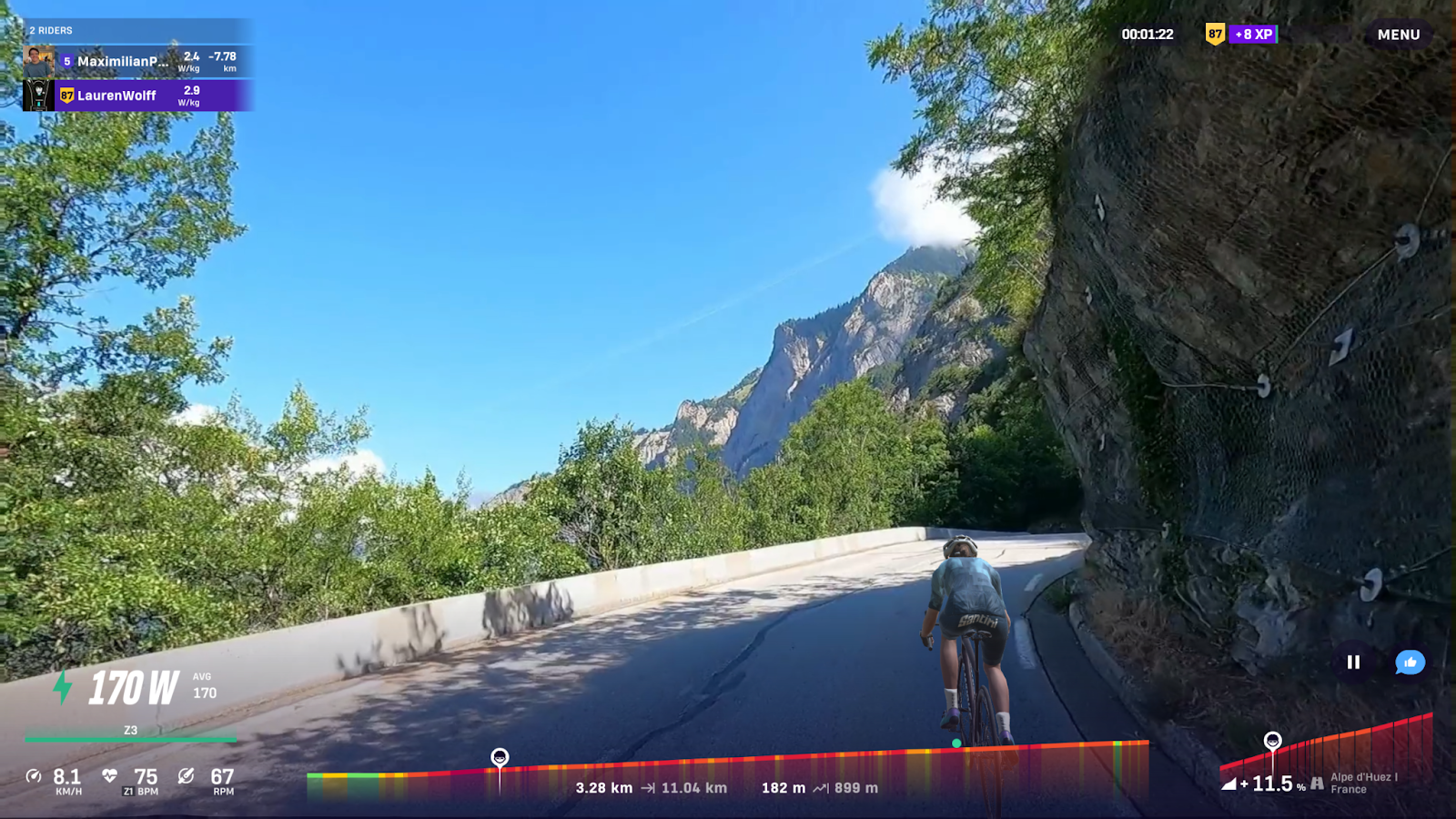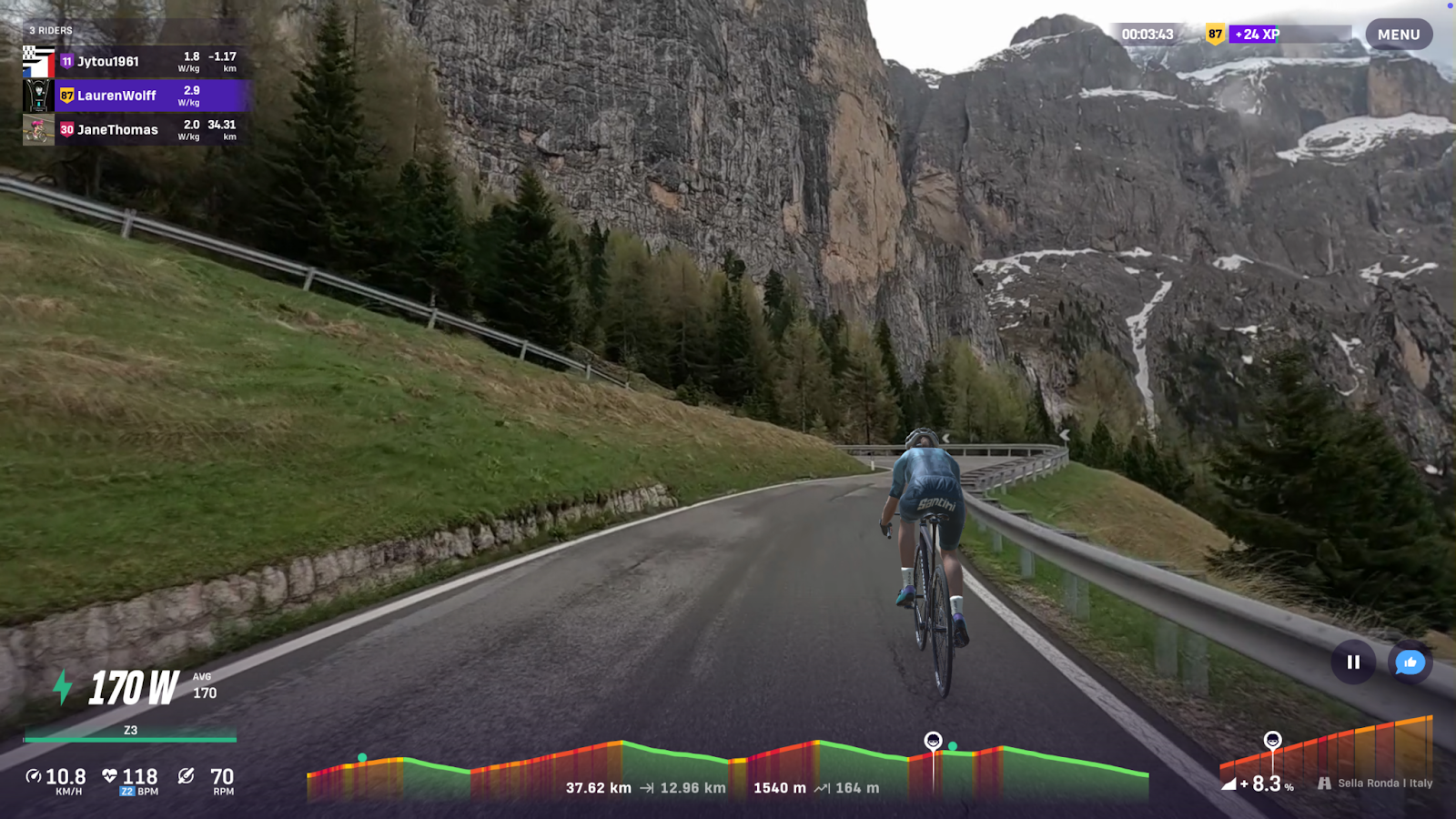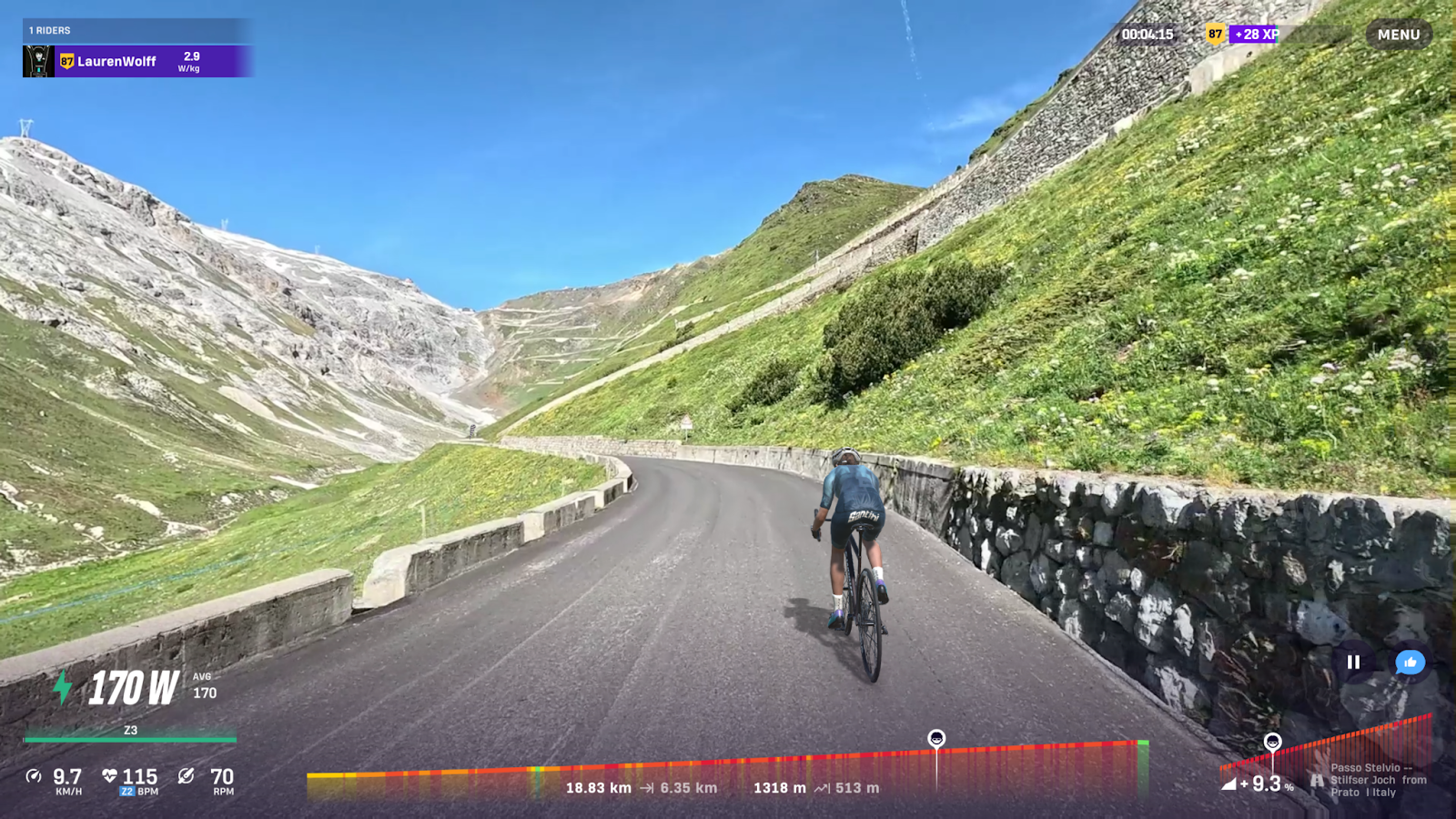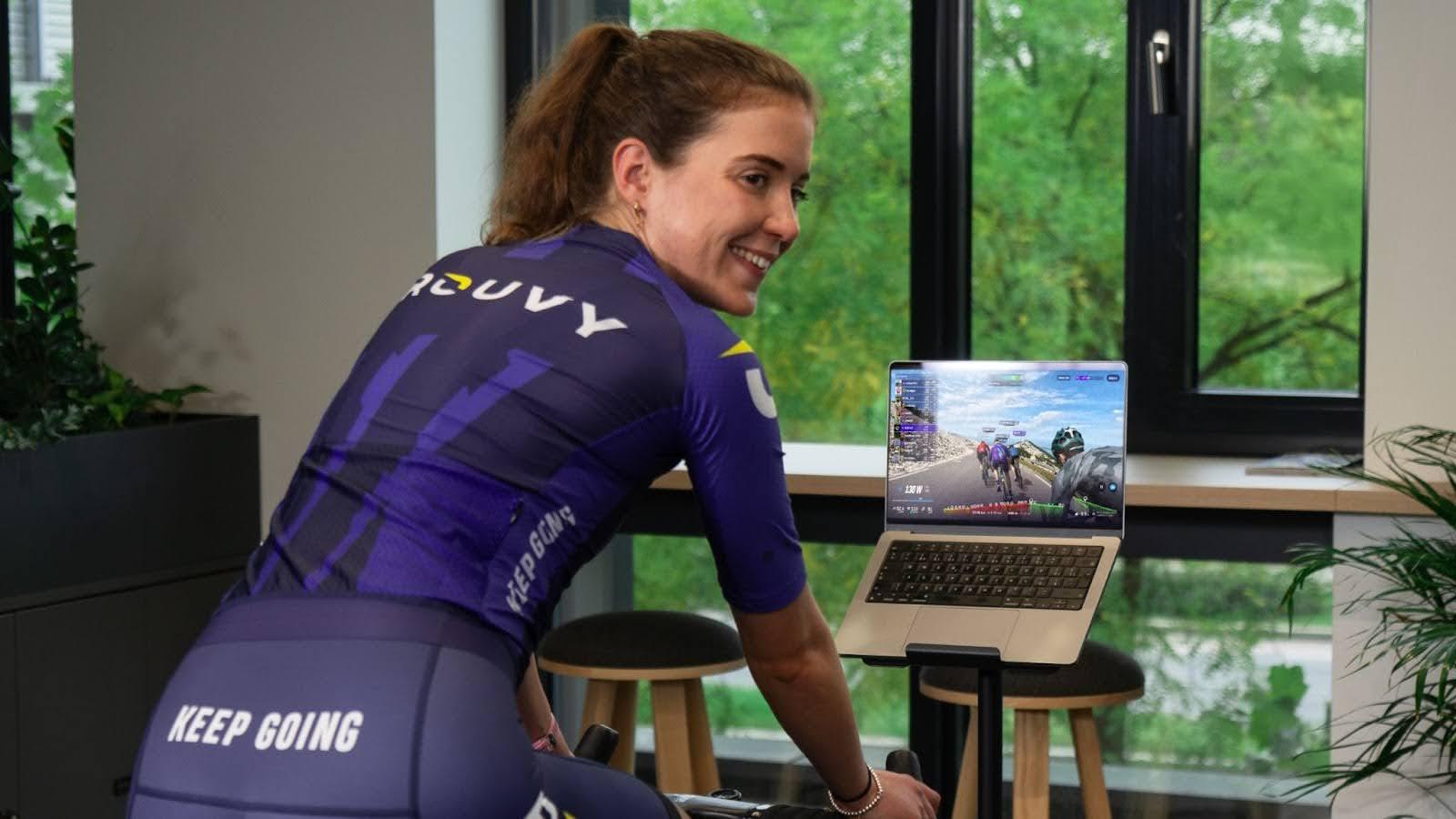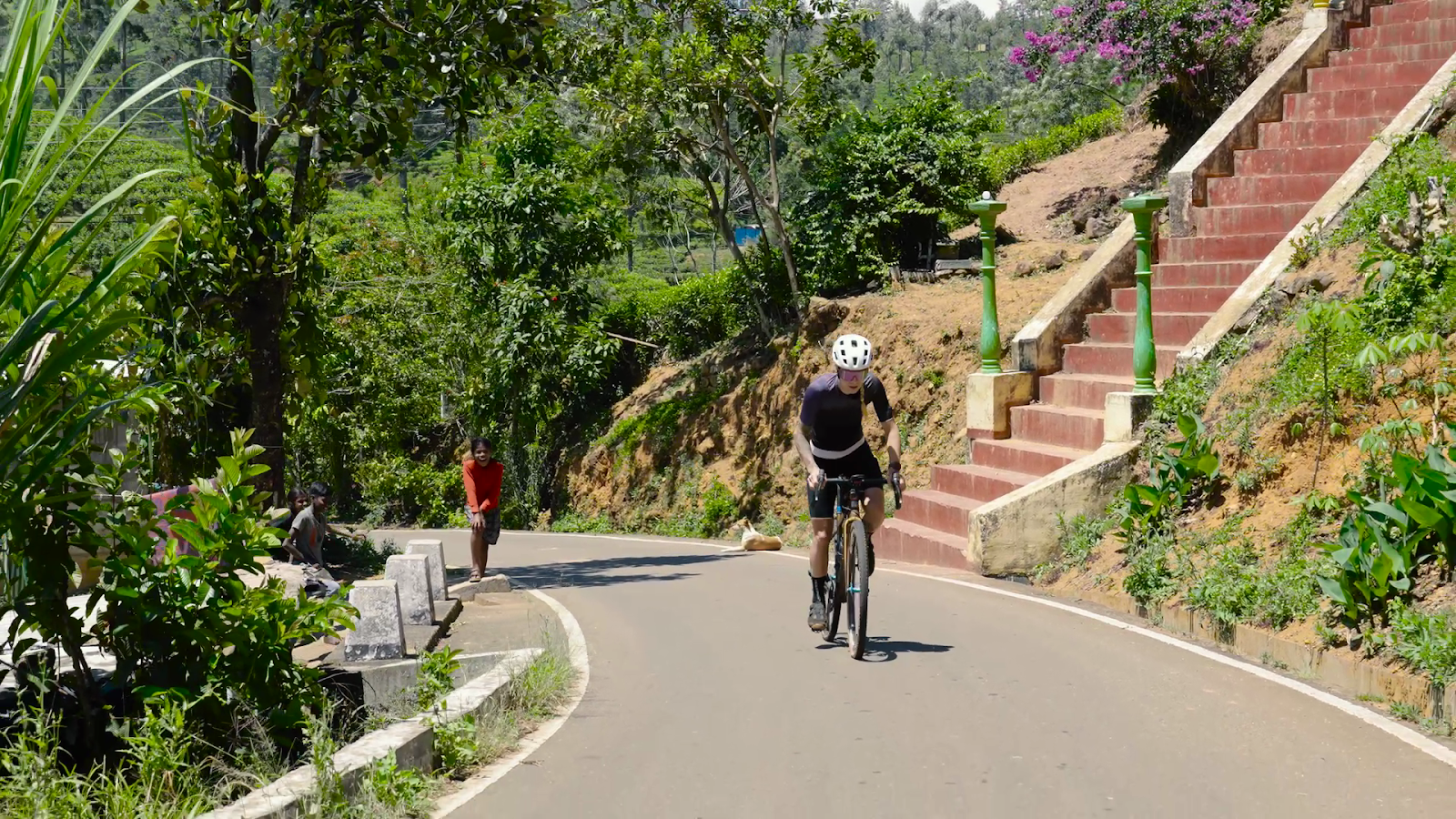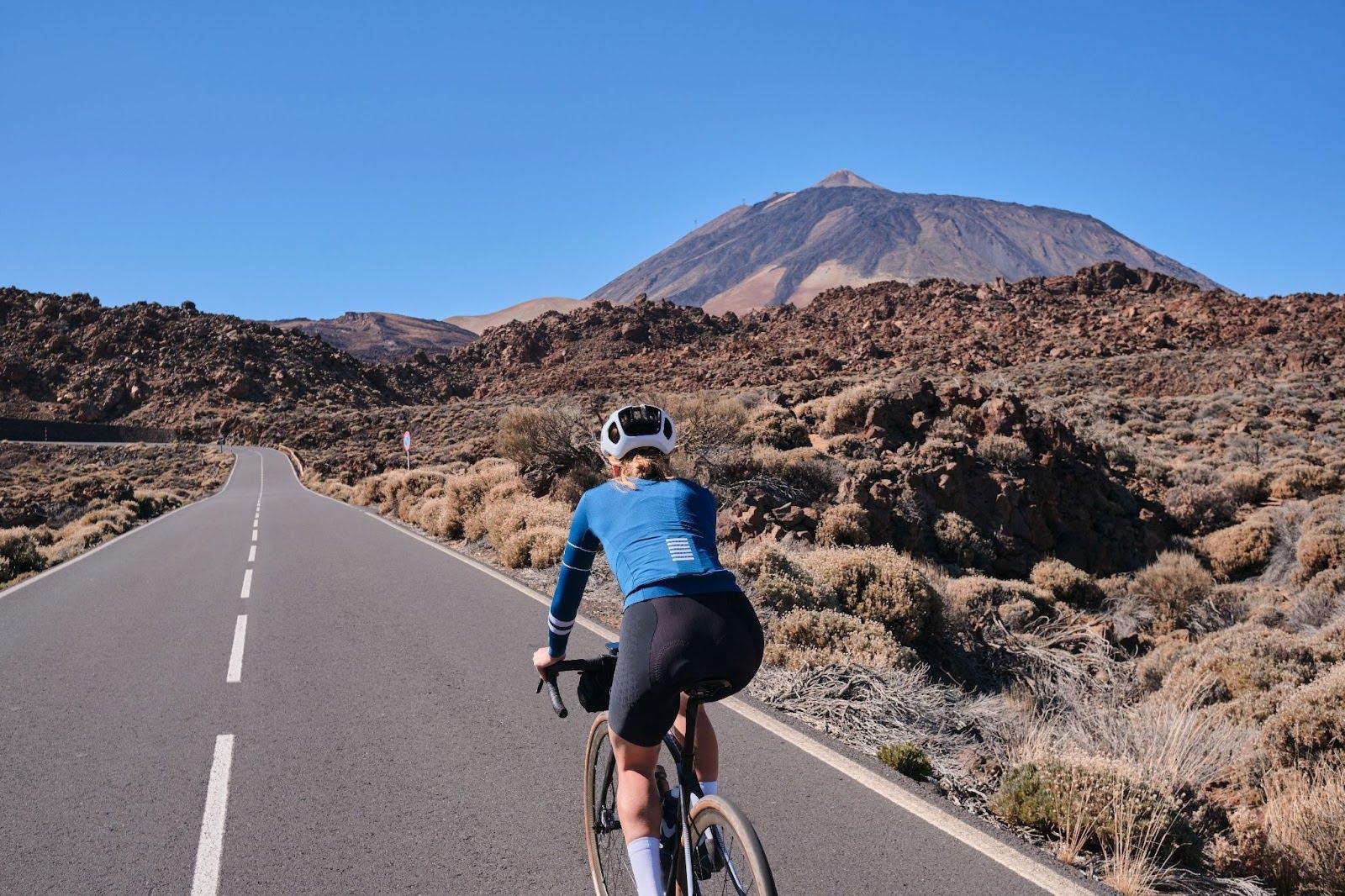What Makes a Cycling Race “Major”?
Major cycling races are defined by more than just distance or steep climbs. They become legendary because of their history, prestige, global attention, and the challenges they present. Whether you’re a beginner discovering race culture, an indoor rider on ROUVY, a hobby cyclist, or a data enthusiast, understanding what makes a race major adds depth to every ride—whether outdoors or virtually.
Prestige. These races spotlight riders who go on to become legends. Winning—or even participating—can elevate a cyclist’s reputation. Indoors, riding segments of these iconic courses gives a sense of that significance.
History. Legendary races have decades, sometimes centuries, of stories: heroic feats, epic battles, technological advances, and unforgettable moments. Riding these roads, even virtually, connects you to that legacy.
Fan and media attention. Major races attract global TV coverage, large crowds, and a social media following that brings every climb, cobbled sector, and finish town to life. Even on a trainer, that narrative adds meaning to your effort.
Challenge and variety. Brutal climbs, cobbled roads, long distances, wind, and rain are typical. These races demand resilience, technique, and strategy. Indoor segments let you focus on the terrain and pacing in a controlled environment, making the experience tangible.
Main types of cycling races explained.
Cycling races come in different formats, each with its own character, demands and appeal. Understanding these types helps you pick virtual routes that match your goals, time, fitness and motivation.
One‑day classics
These are races completed in a single day and often cover 200-300 km. They carry high drama: everything happens fast, there’s no “tomorrow” to recover. Tactics can be urgent, the terrain harsh (cobbles, short steep climbs, wind), and the winner often decided by a single moment. Examples include the so‑called “Monuments” (which we’ll discuss in detail later). For ROUVY users, these translate well into specially curated segments from the full races.
Stage races & Grand Tours
Stage races last from a few days (for shorter races) to three weeks (for the Grand Tours). They test endurance, consistency, team tactics, recovery, and adaptability. Riders need to perform across various stages: flat sprints, hilly terrain, mountain climbs, and time trials. The three biggest are the Grand Tours: the Tour de France, the Giro d’Italia, and the Vuelta a España.
ROUVY offers bite-sized segments that take 1-3 hours. Events and challenges are provided at the start of these tours and highlighted in ROUVY Spotlights.
The legendary one‑day races - Monuments you can get a feel for
The one‑day “Monuments” stand out among classics for their age, difficulty, prestige and recognition. Below are profiles of three examples from the Monuments and Spring Classics - and how you can ride them virtually. ROUVY has route segments from the five monuments, including:
- Milan-Sanremo,
- the Tour of Flanders,
- Paris-Roubaix,
- Liège-Bastogne-Liège,
- and Il Lombardia.
Paris–Roubaix
Often known as the “Hell of the North”, Paris–Roubaix is defined by its rough cobbled sectors, unpredictable weather and a finish in the Roubaix velodrome. Modern editions cover around 250‑260 km. It first took place in 1896 and remains among the sport’s icons. Few one‑day races match this for legend status, and even indoors, it’s a unique experience.
How to ride it: As this is a flat ride segment with no climbs, and if you enjoy some competition, you can go for a ROUVY segment placing by trying to beat the KOM/QOM or a 90% FTP of your virtual twin. You will appear on a 90-day leaderboard.

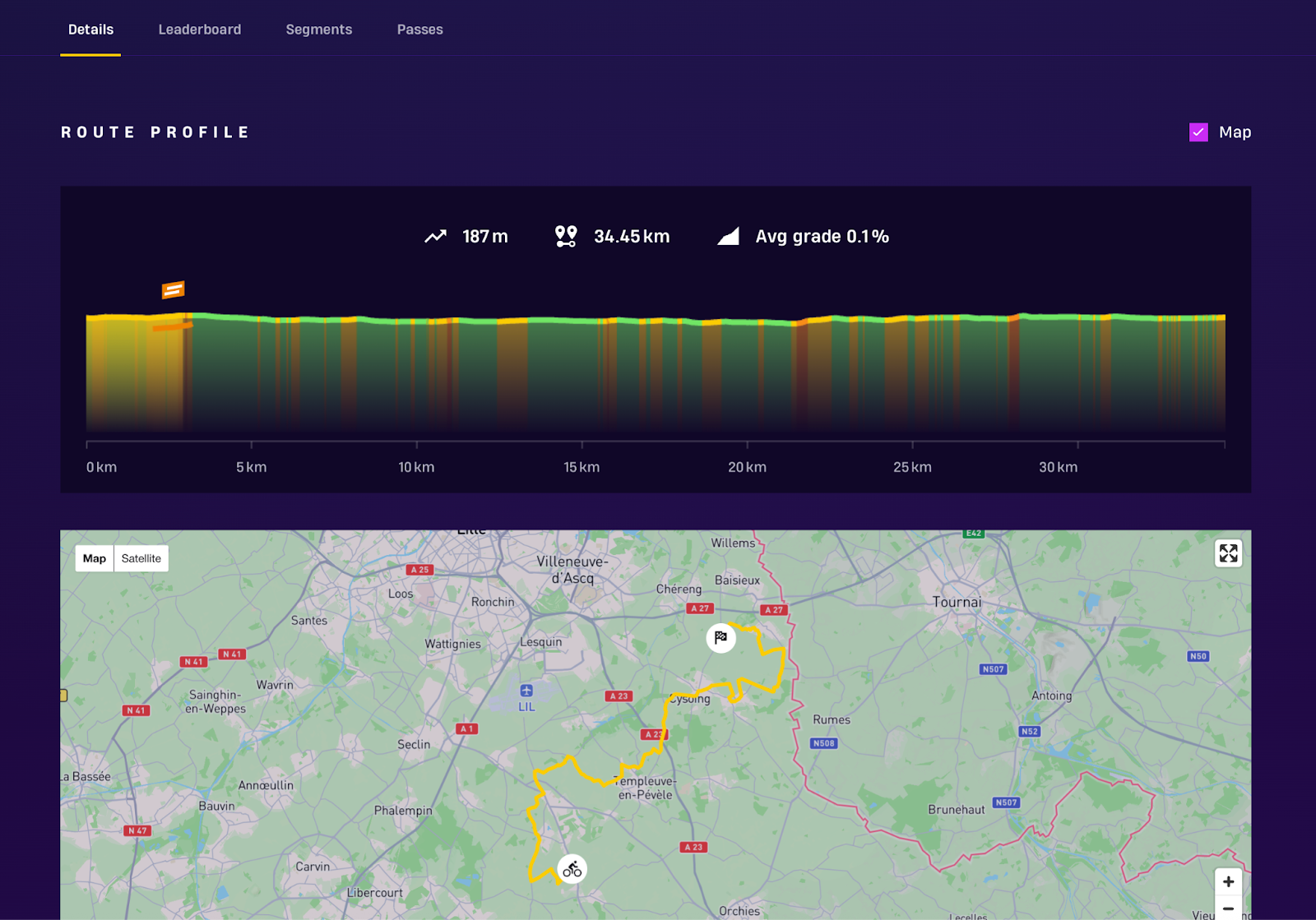
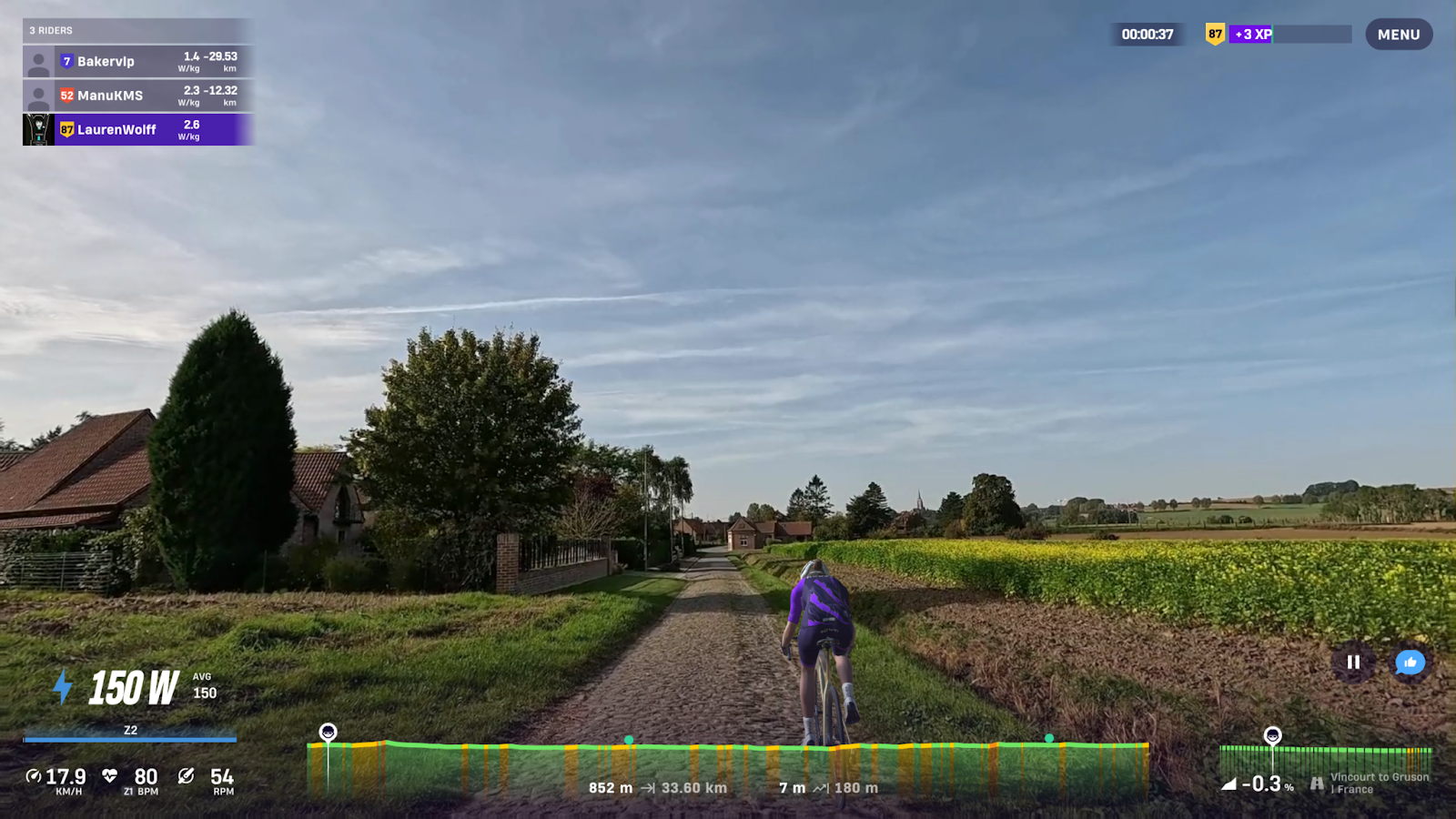
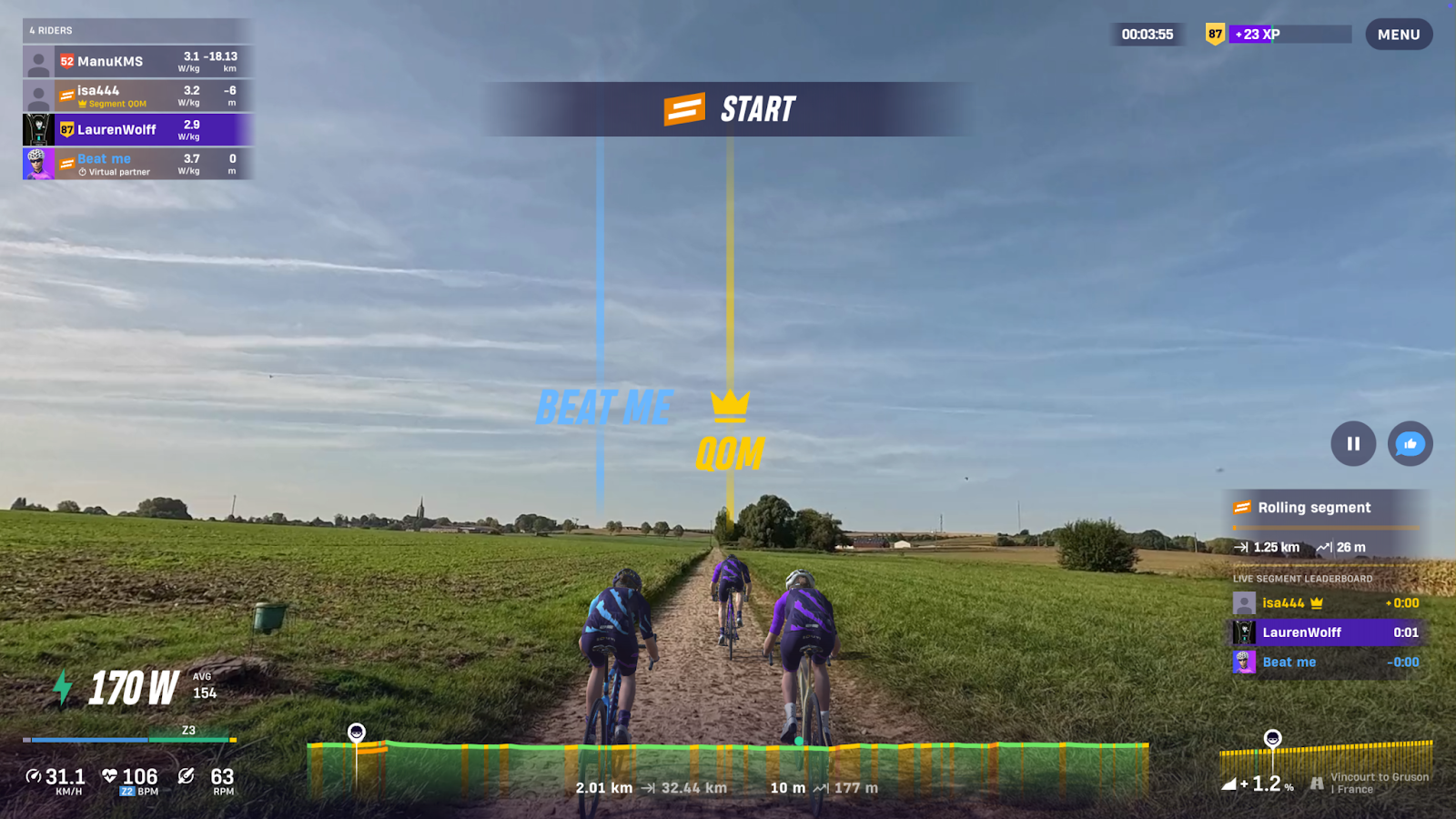
Tour of Flanders
The Flemish classic Tour of Flanders (first held in 1913) is about 260‑275 km and features steep, narrow roads, cobbled climbs and massive spectator ambience. Climbs like the Koppenberg and the Muur have become part of cycling legend.
One of ROUVY’s many virtual segments, such as “Nukerk to Kafhoek,” includes the famous Flanders climbing routes, including the Koppenberg and Taaienberg, giving you the cobbled hills with ~15 km and ~272 m of climbing.
How to ride it: After a good warm-up, pace yourself to be able to handle the steep climbs along the way. Use easy gears and spin a high cadence to avoid fatigue too early—ideal as a focused high‑intensity hill session.
The route definitely captures the one‑day classic spirit indoors. One user commented: “While the pros were racing De Ronde, I rode Hills of Flanders on ROUVY … you can feel you’re there.” Reddit member.
Famous climbs in the Tour of Flanders
Many of these famous climbs are featured along the ROUVY route segments. These routes can be found easily in the Riders Portan and in the ROUVY app under ROUTES > Collections > Spring Classics. There are 35 Spring Classics route segments to enjoy.
- Oude Kwaremont: 2,000m at 4.6% average grade, tackled three times.
- Eikenberg: 1,200m at 5% average grade.
- Wolvenberg: 645m at 6.7% average grade.
- Molenberg: 500m at 5.7% average grade.
- Berendries: 1,200m at 5% average grade.
- Valkenberg: 1,000m at 10.9% average grade.
- Berg Ten Houte: 1,100m at 6.2% average grade.
- Nieuwe Kruisberg/Hotond: 3,200m at 4% average grade.
- Paterberg: 400m at 12.9% average grade, tackled twice and is the final climb.
- Koppenberg: 600m at 11.1% average grade.
- Steenbeekdries: 1,100m at 3.4% average grade.
- Taaienberg: 600m at 8.4% average grade.

Milan–San Remo
Known as “La Primavera”, Milan–San Remo is the longest one‑day Monument, nearly 300 km, starting from Milan and finishing on the Ligurian coast after the Cipressa and Poggio climbs.
How to ride it: The route starts with a climb almost immediately, so a short warm-up is a good idea before starting. If no time to warm up before, take the first short climb easy using small spinning gears. The route is ideal for endurance training and perfect pacing to manage the two iconic climbs.
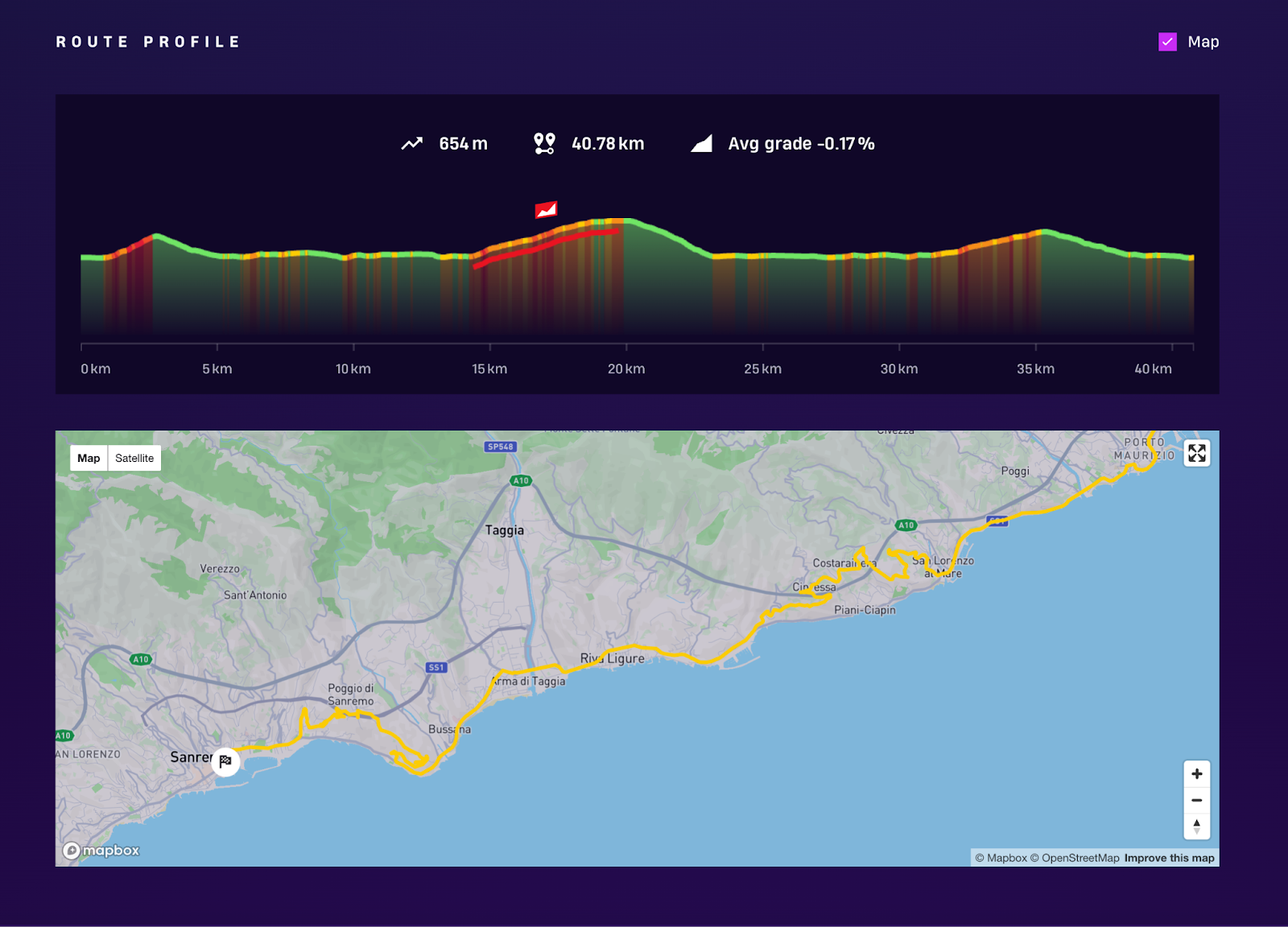

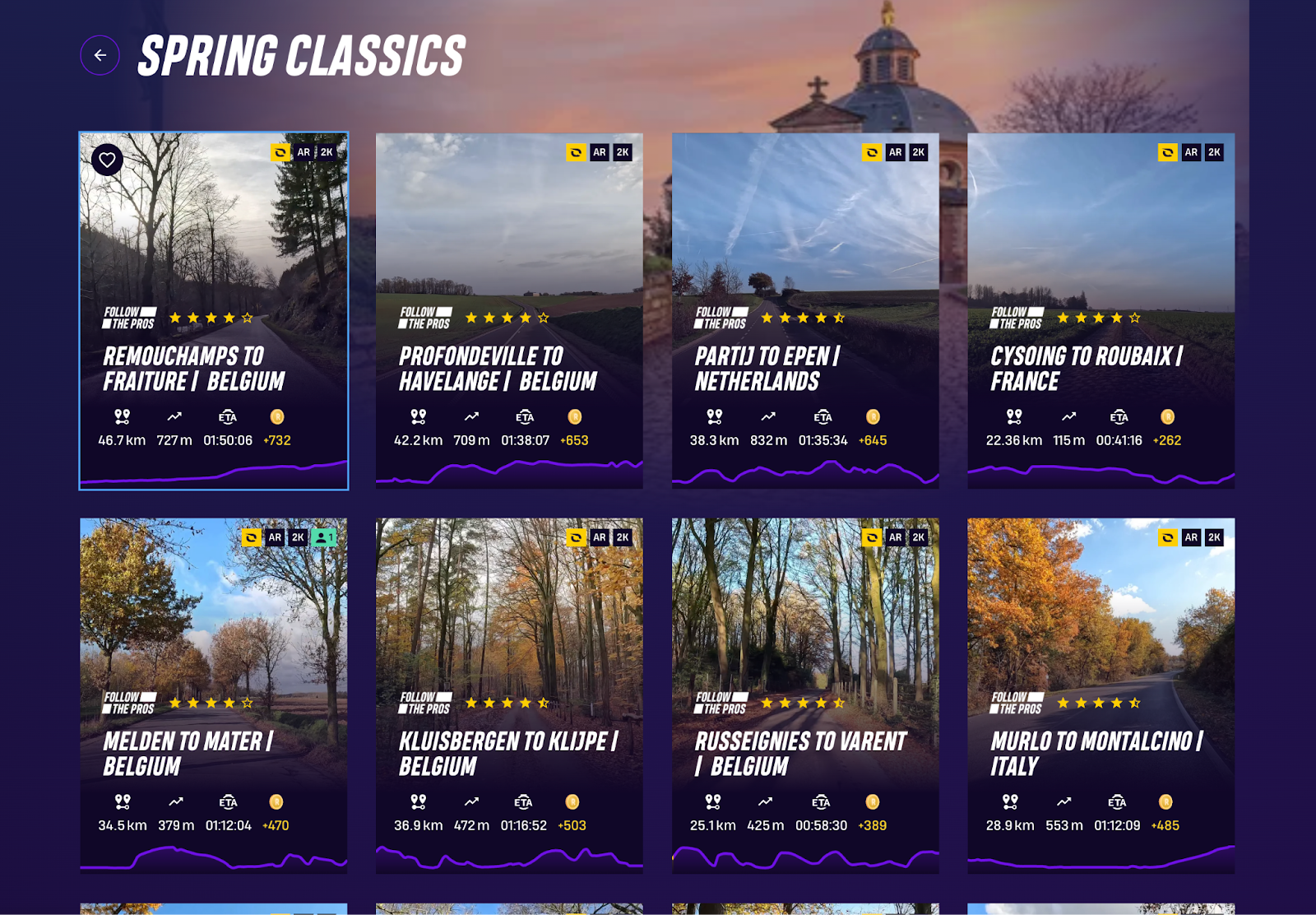
The Grand Tours - the crown jewels of cycling
Tour de France, Giro d’Italia and Vuelta a España
These three Grand Tours provide the biggest challenge in the pro Tours. Here’s how they compare:
- Tour de France: Traditionally around 3,500 km over 21 stages in three weeks. It combines flat sprint stages, mountain stages, time trials and rest days. Heat can be extreme.
- Giro d’Italia: Also 21 stages, with often steeper climbs, fewer rest days and sometimes more unpredictable weather in May.
- Vuelta a España: Slightly shorter in total distance sometimes, but the heat in August/September and steep, irregular terrain make it extremely challenging.
On ROUVY, you have a smorgasbord of iconic climbs. Statistics from ROUVY suggest that iconic climbs (Grand Tour style) are among the most popular. Major races and climb segments on ROUVY bridge the gap nicely between pro outdoor racing and indoor training.
Why do Grand Tours matter?
These major races bring global attention, multi‑stage drama, national pride and epic athletic achievement. For indoor riders, tackling one of their signature climbs feels like being part of that tradition — and adds a huge sense of accomplishment.

